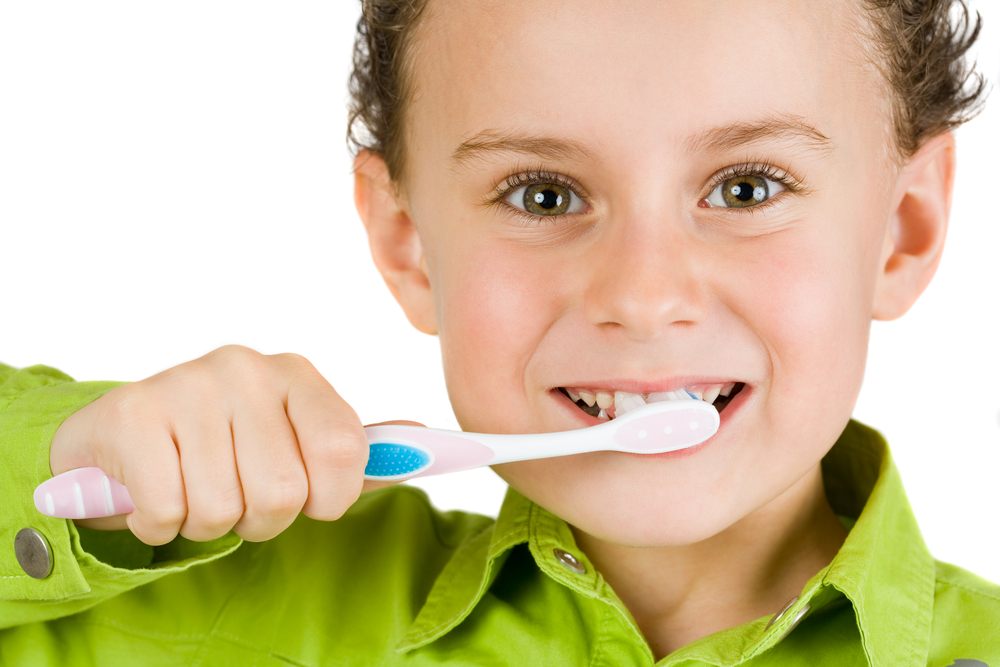


Adults aren’t the only ones that can have trouble from tooth decay. It can bother toddlers too. When a toddler or infant has tooth decay, it is often called Early Childhood Caries or Baby Bottle Tooth Decay. In order to have a beautiful smile, speak clearly and chew their food properly, children need to have healthy teeth. The state of their adult teeth is also partially determined by the baby teeth. For this reason, make sure to start your children with excellent oral hygiene habits to prevent tooth decay in toddlers.

While other teeth can be affected, tooth decay is more common in the upper front teeth. There are many things that can contribute to tooth decay. One of the most common one is when the baby teeth are exposed to sugary drinks for prolonged periods. Decay has also been known to happen with babies who get a bottle when put to bed.
Cavity-causing bacteria are what start the tooth decay and these bacteria can even be passed from the mother or other major caregiver to the baby. The bacteria can be passed through saliva when a mom puts a pacifier or spoon in her mouth and then places it back in the baby’s mouth.
Tooth decay is also linked to an infant not getting enough fluoride, therefore increasing the tooth decay risk. Luckily, toddler tooth decay can be treated and prevented.
The treatment for your child will vary according to many different things, such as your child’s age and the condition. The earlier you and your dentist can catch it, the better management plan you can formulate.
If there are white spots on your baby’s teeth, it can be an early sign of Baby Bottle Tooth Decay. In this stage, fluoride treatments or fluoride varnish may be recommended to re-mineralize the teeth. In the earliest stages, this treatment can actually stop decay and even rebuild some surface enamel. Some dentists will also recommend fluoride supplements. Some dietary changes may also help with tooth decay in toddlers. These can include:
Any of the above changes should only be made under the supervision of your pediatrician. Depending on the age of your child, some of these changes may not be recommended.
If the decay is caught too late, then fluoride treatments won’t be sufficient. Severe decay symptoms include:
If you notice any of these symptoms, it’s important to visit your dentist immediately. Once decay has spread, your child may need extensive restoration or suffer from tooth loss.
The treatment for decay in toddler teeth is similar to that in adult teeth. Stainless crowns are often used, according to the American Academy of Pediatric Dentistry, because they are less likely to need further work due to being so durable. Sedation and general anesthesia may be recommended with extensive work. There are some cases where the teeth may need to be extracted, but it is more likely with extensive decay or infection.
People often think that since the toddlers will lose their baby teeth, treatment isn’t important, but this is a misconception. There are many reasons you should seek treatment right away when you discover tooth decay in your toddlers.
Luckily, there are some things you can do to help stave off tooth decay. Remember, good oral hygiene is critical.
Other things you can do to help prevent tooth decay in toddlers include: